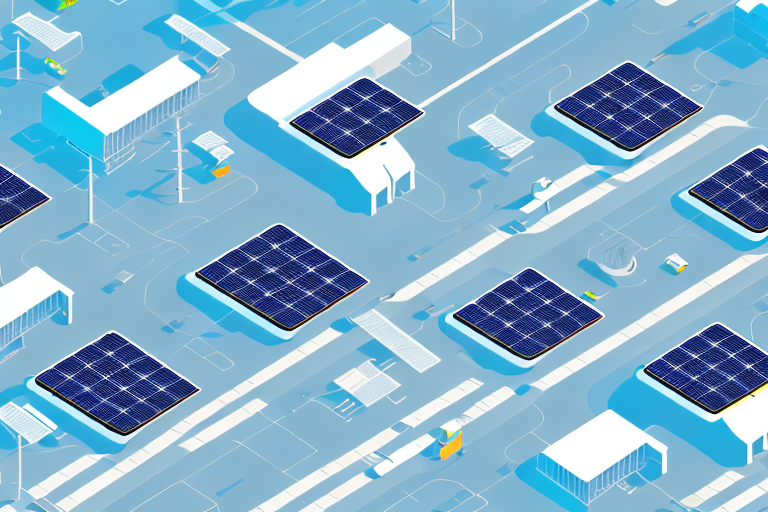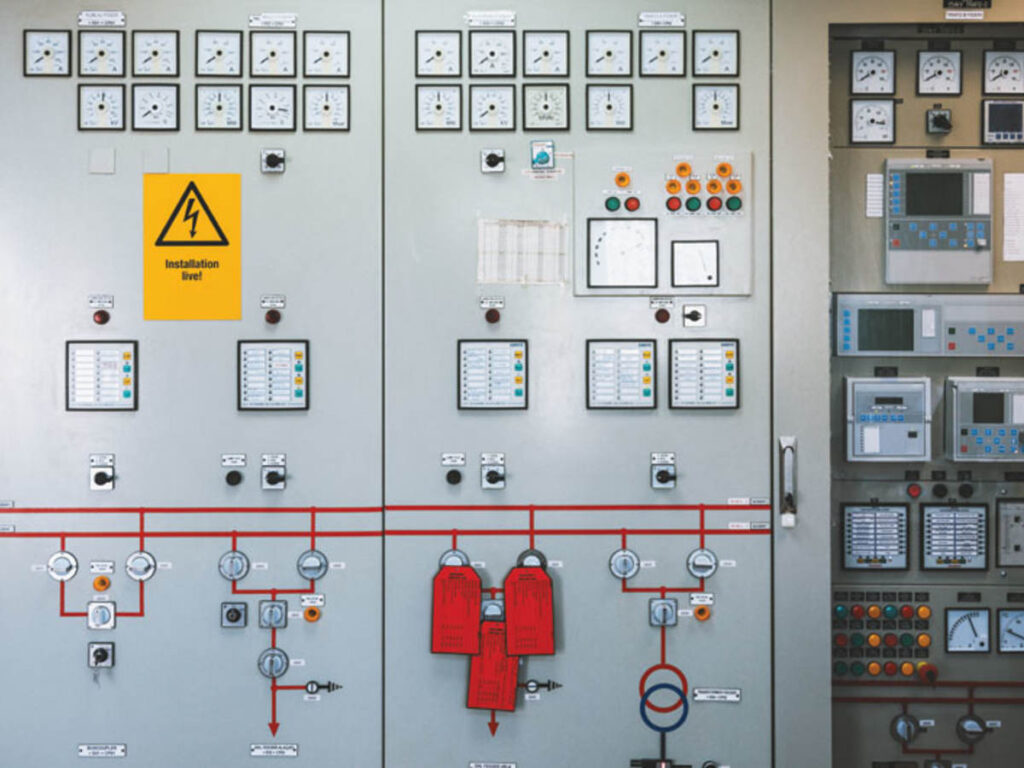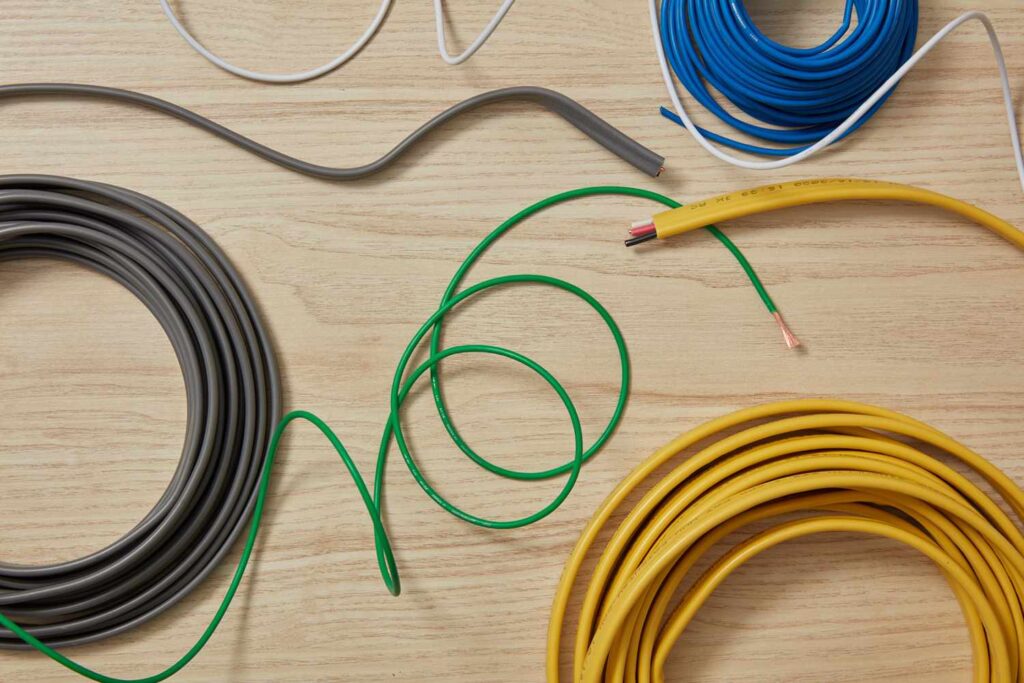In today’s modern world, electrical supplies play a vital role in powering various technological innovations. From powering our homes and businesses to fueling our everyday devices, electrical supplies have become an integral part of our lives. Understanding the basics of electrical supplies is crucial in comprehending the advancements that have been made in this field and the impact they have on our daily lives.
Understanding the Basics of Electrical Supplies
Electrical supplies encompass a wide range of components and equipment that enable the distribution, control, and use of electrical power. The electrical supplies wholesale includes items such as wires, cables, switches, circuit breakers, outlets, transformers, and more.
The importance of electrical supplies in modern technology cannot be overstated. They are the backbone of our electrical infrastructure, ensuring that electricity flows safely and efficiently to power our devices and appliances.
But have you ever wondered how these electrical supplies actually work? Let’s take a closer look.
The Importance of Electrical Supplies in Modern Technology
From the moment we wake up and switch on the lights to the time we go to bed and charge our smartphones, electrical supplies are at work. They power the technology that keeps us connected, entertained, and productive.

Imagine a world without electrical supplies. We would be left in the dark, quite literally. No lights to brighten our homes, no televisions to entertain us, and no computers to connect us to the vast digital world. Our lives would be drastically different.
Without electrical supplies, we would be unable to enjoy the convenience of our everyday gadgets and appliances. From computers and televisions to refrigerators and washing machines, these electrical supplies are the lifeline that keeps our modern lives running smoothly.
But how do these electrical supplies actually function? Let’s delve deeper into the key components that make up these systems.
See Also: Circuit Breakers vs. Fuses
Key Components of Electrical Supplies
When examining electrical supplies, it is essential to understand some of the key components that make up these systems.
Wires and Cables:
These are the pathways through which electricity flows from the power source to the consumer. They come in various sizes and materials to accommodate different power needs.
Switches and Circuit Breakers:
These devices control the flow of electricity, allowing us to turn it on and off or protect against overloads and short circuits.
Outlets and Receptacles:
These are the entry points for electrical devices to connect to the power supply.
Transformers:
These devices convert electricity from one voltage level to another, ensuring compatibility between different electrical systems.
Wires and cables are like the veins and arteries of an electrical system. They carry the electrical current from the power source to the various devices and appliances that need it. Without them, electricity would have no way of reaching its intended destination.
Switches and circuit breakers act as gatekeepers, allowing us to control the flow of electricity. They enable us to turn lights on and off, power our devices when needed, and protect against dangerous situations such as electrical overloads or short circuits.
Outlets and receptacles are the points of connection between electrical devices and the power supply. They provide a safe and secure way for us to plug in our devices, ensuring that electricity flows smoothly and reliably.
Transformers play a crucial role in ensuring compatibility between different electrical systems. They convert electricity from one voltage level to another, allowing devices from different regions or with different power requirements to function properly.
So the next time you turn on a light switch or plug in your phone charger, take a moment to appreciate the intricate network of electrical supplies that make it all possible. Without them, our modern world would be a much darker and less connected place.
Technological Innovations in Electrical Supplies
Over the years, advancements in electrical supplies have brought about significant improvements in energy efficiency and safety features. These innovations have not only enhanced the performance of electrical systems but also contributed to a more sustainable and secure environment.
Advances in Energy Efficiency
Energy efficiency has become a top priority in electrical supply innovation. Manufacturers have dedicated their efforts to developing more efficient electrical components and devices, reducing energy waste and minimizing environmental impact.
One remarkable example of energy-efficient technology is LED lighting. LED bulbs have revolutionized the lighting industry by providing a far more energy-efficient alternative to traditional incandescent bulbs. Not only do they consume significantly less energy, but they also have a longer lifespan, reducing the need for frequent replacements.
In addition to LED lighting, smart energy management systems have emerged as a game-changer in optimizing energy efficiency. These systems offer increased control over power consumption, allowing users to monitor and regulate their energy usage. By analyzing data and adjusting energy consumption patterns, these systems help to minimize energy waste and lower electricity bills.

Improvements in Safety Features
Ensuring the safety of users and properties is another crucial area of advancement in electrical supplies. Manufacturers have incorporated various safety features into their designs to prevent electrical accidents and protect against potential hazards.
One of the most significant safety innovations is the implementation of ground fault circuit interrupters (GFCIs) and arc fault circuit interrupters (AFCIs). These safety devices have become standard in modern electrical systems, providing an extra layer of protection. GFCIs are designed to detect ground faults and automatically shut off power, preventing electrical shocks. On the other hand, AFCIs detect arc faults, which can lead to fires, and promptly cut off the power supply, minimizing the risk of electrical fires.
Furthermore, advancements in electrical supplies have also led to the development of tamper-resistant outlets. These outlets are designed to prevent accidental insertion of foreign objects, such as keys or paperclips, into the slots. By incorporating a built-in mechanism, tamper-resistant outlets provide enhanced safety, especially in households with young children.
In conclusion, technological innovations in electrical supplies have significantly transformed the industry. The focus on energy efficiency has led to the development of energy-saving devices, such as LED lighting and smart energy management systems. Moreover, the integration of safety features, such as GFCIs, AFCIs, and tamper-resistant outlets, has greatly enhanced the safety standards of electrical systems. As technology continues to advance, we can expect further improvements in electrical supplies, making our lives more efficient and secure.
The Impact of Technology on Electrical Supply Manufacturing
The rapid advancement of technology has not only improved the functionality and efficiency of electrical supplies but also revolutionized the way they are manufactured.
With the integration of cutting-edge technology, the production processes of electrical supplies have undergone a remarkable transformation. Automation and robotics have become the driving forces behind this revolution, reshaping the industry in profound ways.
How Technology is Changing Production Processes
Automation and robotics have transformed the manufacturing processes of electrical supplies. The use of advanced machinery and computer-controlled systems has increased productivity, reduced costs, and improved the overall quality of electrical components.
Gone are the days of manual labor dominating the production floor. Today, manufacturers rely on sophisticated machines that can perform intricate tasks with unparalleled precision. These machines work tirelessly, ensuring that each electrical component meets the highest standards of quality.
Moreover, technology has enabled manufacturers to produce electrical supplies at a higher volume, meeting the ever-growing demand of the market. The integration of automated systems has streamlined the production process, allowing for faster and more efficient manufacturing.
The Role of Automation in Manufacturing
Automation plays a significant role in streamlining the manufacturing of electrical supplies. Robotic systems can perform repetitive tasks with speed and accuracy, freeing up human workers to focus on more complex and creative aspects of production.
Imagine a factory floor bustling with activity, where robots work seamlessly alongside skilled workers. These robots, equipped with advanced sensors and programming, flawlessly assemble electrical components, ensuring consistency and precision in every step of the process.
Automated assembly lines have also resulted in shorter lead times and faster turnaround for electrical supplies, allowing manufacturers to keep up with the growing demand and market expectations. With the help of technology, manufacturers can now deliver products to customers in a timely manner, without compromising on quality.
Furthermore, automation has enhanced workplace safety by minimizing the risk of accidents and injuries. Robots are capable of handling hazardous materials and performing tasks in environments that may be dangerous for humans, ensuring the well-being of both workers and the final product.
In conclusion, technology has revolutionized the manufacturing of electrical supplies. Through automation and robotics, manufacturers have achieved higher productivity, improved quality, and faster turnaround times. As technology continues to advance, the electrical supply industry will undoubtedly witness further advancements, paving the way for a more efficient and innovative future.

Future Trends in Electrical Supplies
Looking ahead, the future of electrical supplies holds exciting possibilities as technology continues to advance and shape our world.
Predicted Technological Developments
Experts predict that electrical supplies will continue to evolve, with a focus on enhancing energy efficiency, increasing connectivity, and improving sustainability. This includes the exploration of new materials, such as graphene, that offer extraordinary electrical properties.
Wireless power transfer is another area of interest, with research and development underway to enable convenient charging and powering of devices without the need for physical connections.
The Potential of Smart Electrical Supplies
Smart electrical supplies have already started making their way into our homes and businesses. These innovative devices are equipped with sensors and connectivity features, allowing them to communicate and interact with other devices and systems.
Smart meters, for example, enable real-time monitoring of energy usage, empowering consumers to make informed decisions on how and when to use electricity. Smart homes integrate various electrical supplies, providing homeowners with automation, security, and energy management capabilities.
Challenges and Opportunities in Electrical Supply Technology
While technological advancements bring about numerous benefits, they also present challenges that need to be overcome for further progress.
Overcoming Technological Limitations
As electrical supplies become more sophisticated, there are challenges in terms of compatibility and integration with existing infrastructure. Upgrading and retrofitting older systems can be complex and costly, requiring careful planning and skilled professionals to ensure a smooth transition.
Additionally, ensuring the security and reliability of connected electrical supplies is of utmost importance to prevent unauthorized access and potential disruptions.
Harnessing Opportunities for Innovation
Despite the challenges, there are immense opportunities for innovation in the field of electrical supplies. As technology continues to advance, new possibilities emerge for developing more sustainable, efficient, and user-friendly electrical components and systems.
Collaboration between manufacturers, researchers, and industry experts is key to harnessing these opportunities and driving the future of electrical supply technology.
In conclusion, exploring the latest technological advances in electrical supplies reveals the significant impact they have on our daily lives. From energy efficiency and safety improvements to the use of automation and smart technology, these advancements shape not only the functionality of electrical supplies but also the way they are manufactured and integrated into our homes and businesses. As we look towards the future, the potential for even greater innovation in electrical supply technology is vast, offering exciting possibilities for a more efficient, connected, and sustainable future.